

Louisville

high rise in center city
Louisville, city in northern Kentucky and seat of Jefferson County. The city is a major port of entry on the southern bank of the Ohio River. Louisville is the economic focus of a large metropolitan area that extends across the Ohio River into Indiana and includes a great variety of industries.
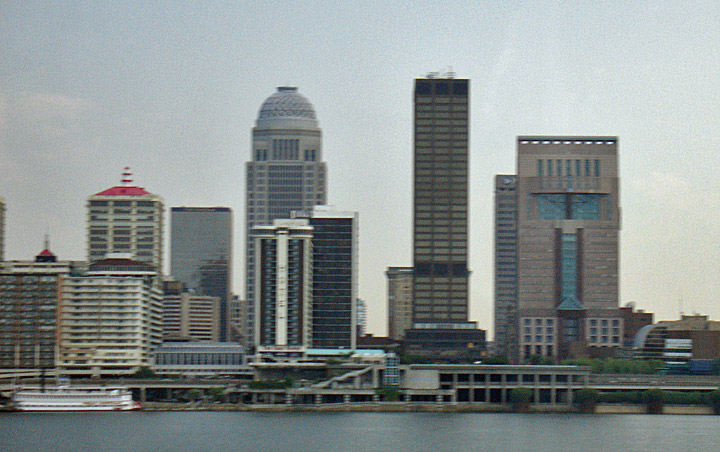
as seen from across the Ohio river
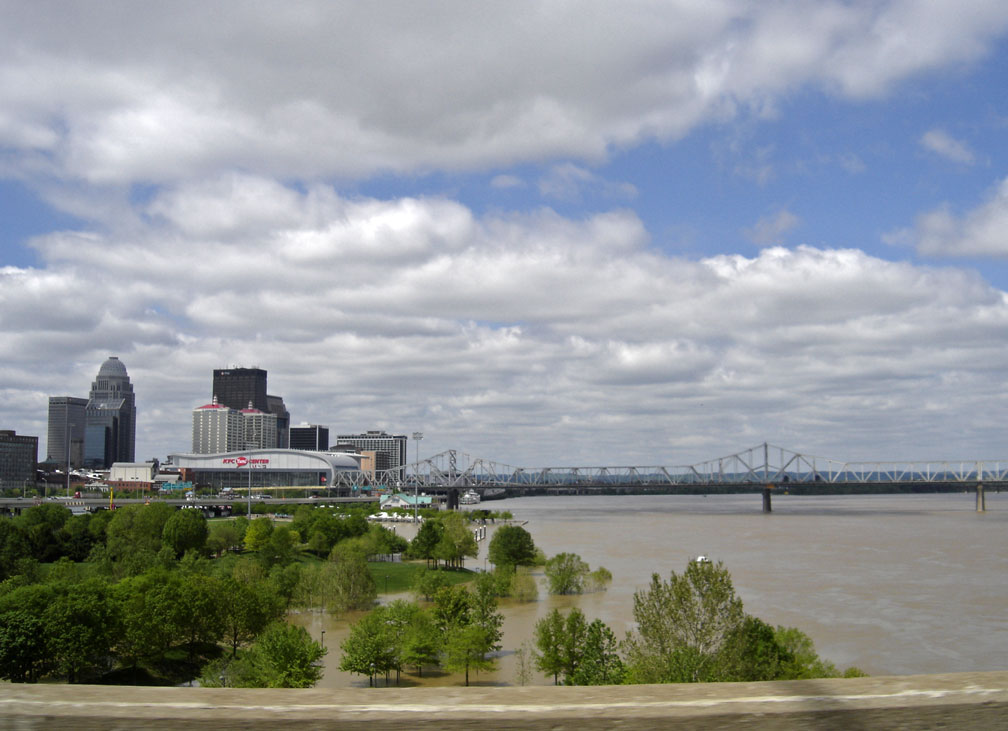
May 2011 during overflow of the Ohio River
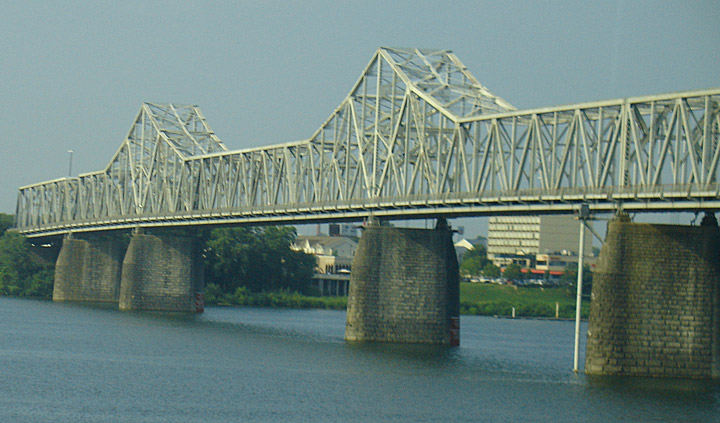
railroad bridge across the Ohio
(which is no longer used)
Manufactures range from household appliances, farm machinery, trucks, motor-vehicle equipment, processed food, tobacco products, paint, and rubber to such Louisville specialties as bourbon whiskey, "Louisville Slugger" baseball bats, and books printed in Braille (see Braille System). United Parcel Service (UPS) has a regional headquarters in the city. Louisville, which has extensive convention facilities, is served by Standiford Field Airport as well as by modern port installations.
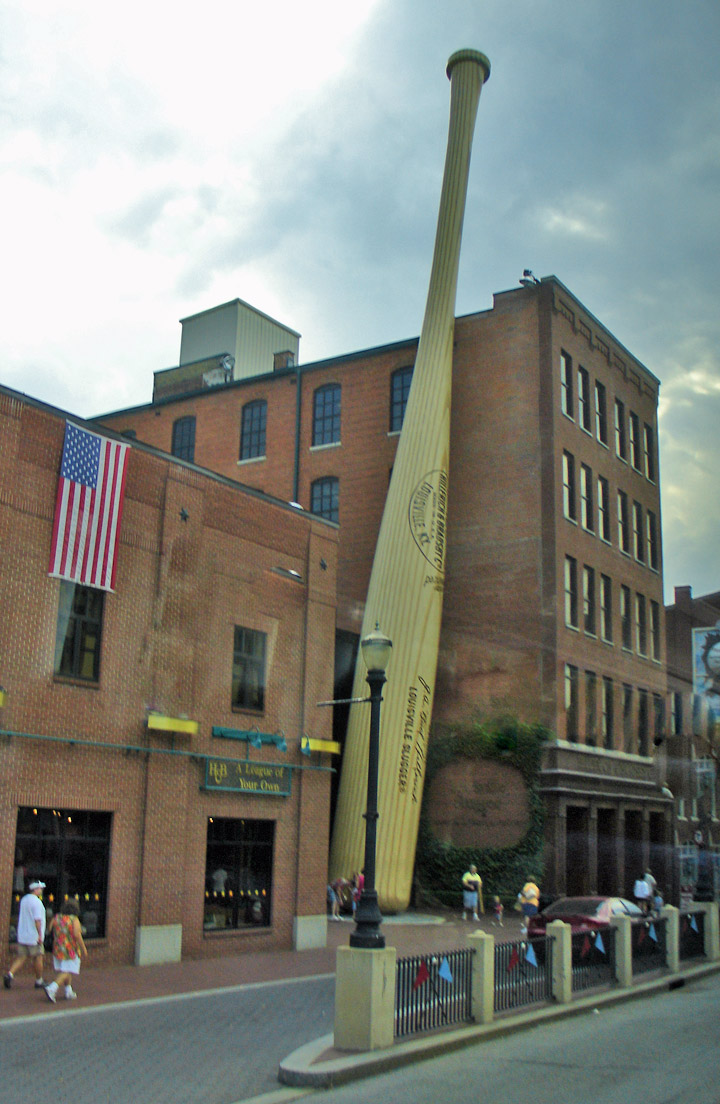
the oversize "Louisville Slugger"
More Photos of the "Louisville Sluggers"
Louisville is famous as the site of the Kentucky Derby, a Thoroughbred horse race held each May since 1875 at Churchill Downs racetrack. The Kentucky Derby Festival, a two-week event featuring a fireworks display and balloon race, precedes the Derby. Louisville is also home to the Kentucky State Fair, held each August.
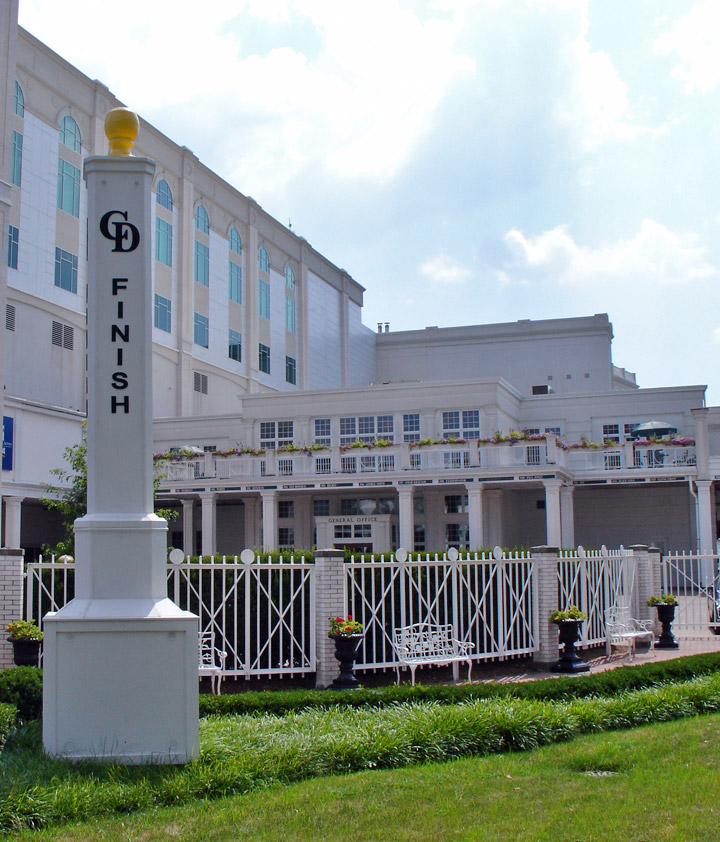
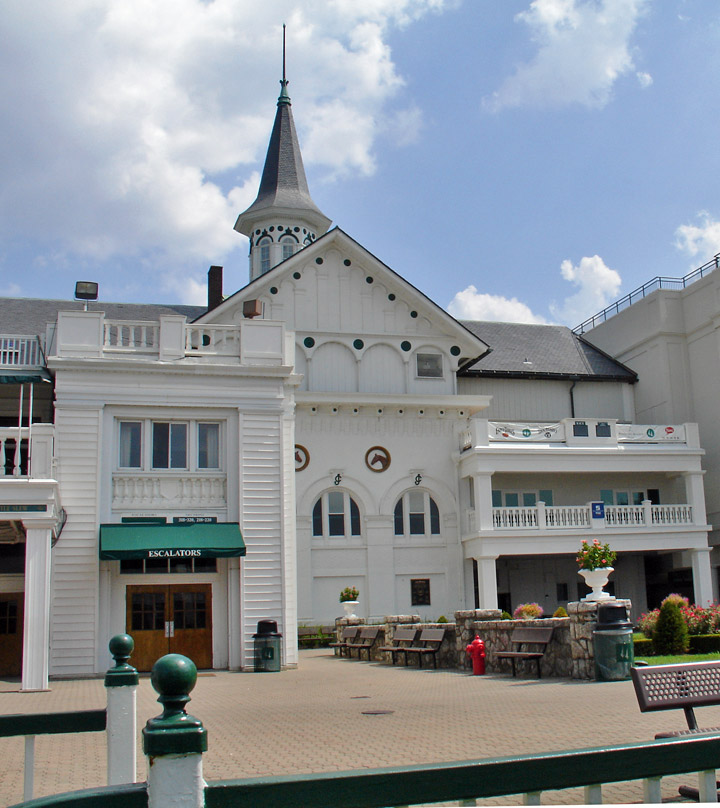
Churchill Downs

race track for thoroughbreds

More Photos of Churchill Downs
The city has many attractions, among them the Louisville Falls Fountain, a floating water-and-light sculpture; the Belle of Louisville, a 1914 stern-wheeler still in operation; the Kentucky Art and Craft Center, located in one of the city's five historic districts; and the Cave Hill Cemetery, which contains a botanical garden.
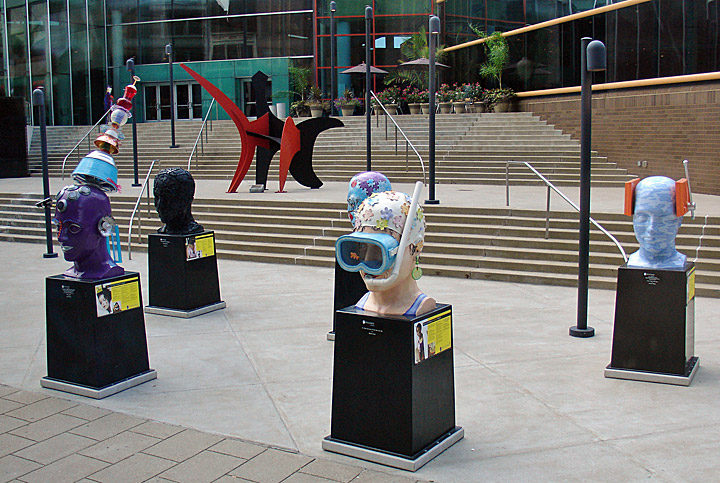
Louisville Art
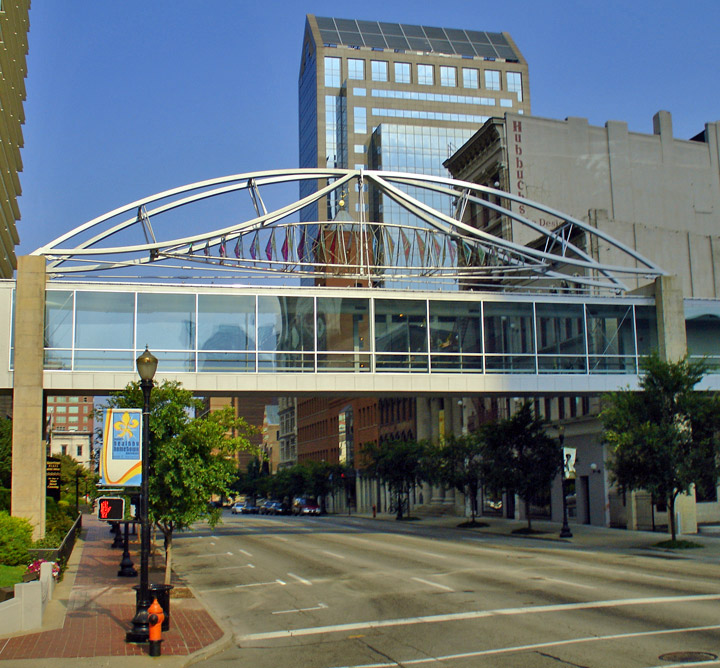
the "Pedway" contains 44 triangular
glass panels
The color a person sees is determined by the angle of light hitting the glass
and by where the observer is standing.
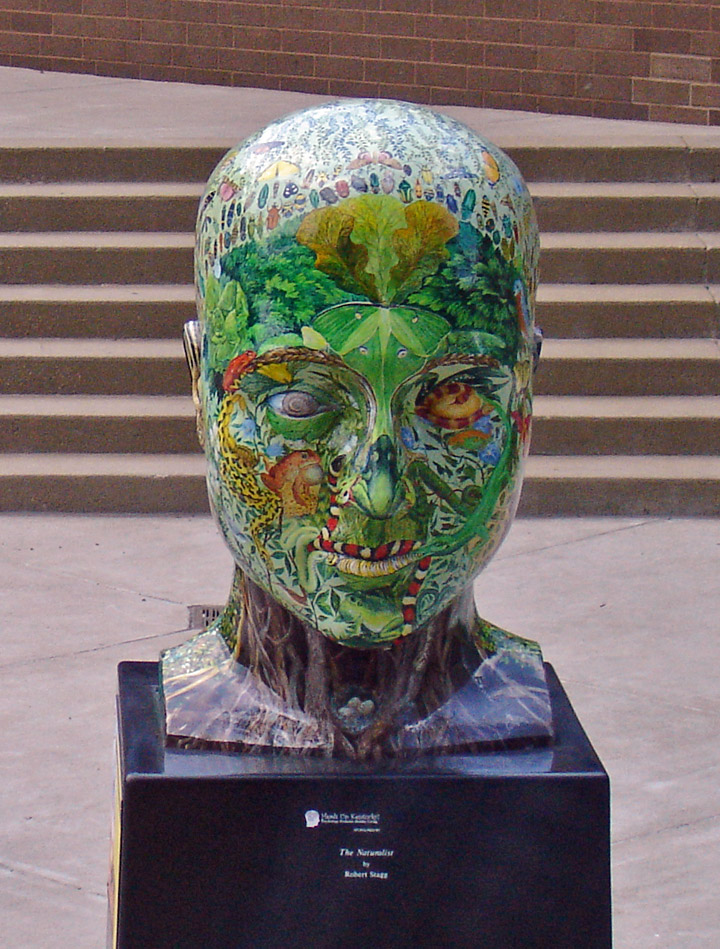
one of the Louisville "heads"
Museums in the city include the J. B. Speed Art Museum, the Kentucky Derby Museum at Churchill Downs, and the Louisville Slugger Museum. The city supports a number of performing arts groups, and is the location of the Actors Theatre of Louisville and the Kentucky Center for the Arts, which houses the Kentucky Opera, the Louisville Ballet, the Louisville Orchestra, and Stage One: The Louisville Children's Theatre.
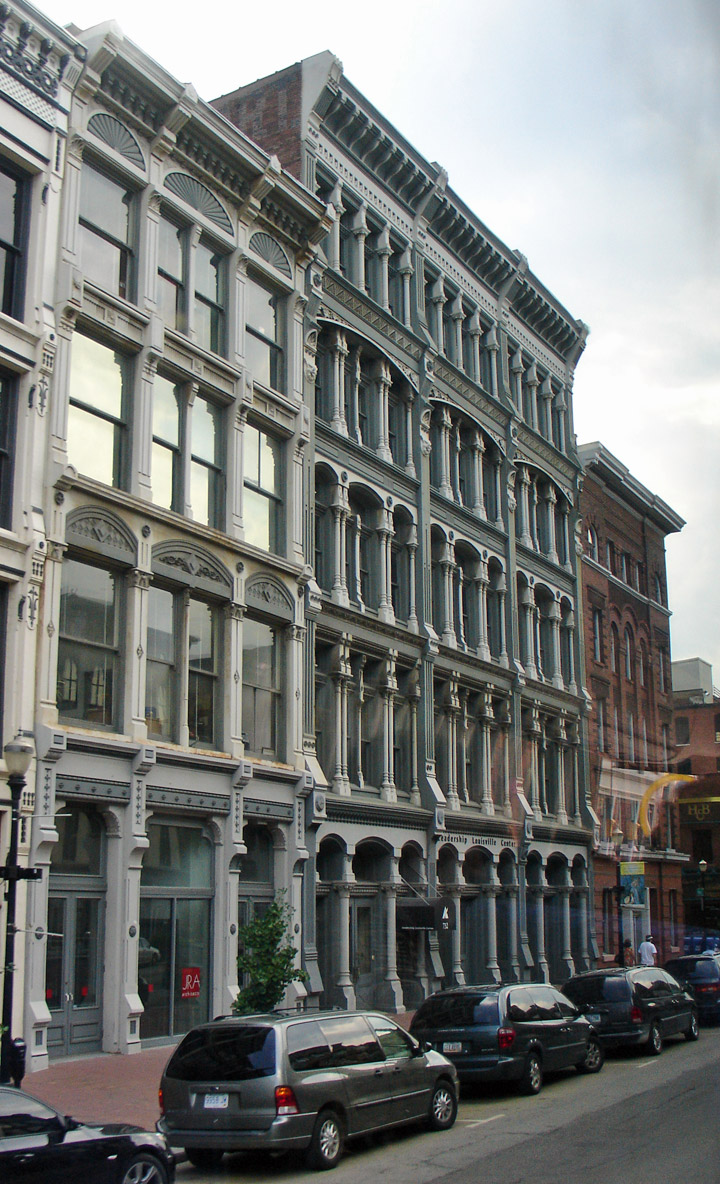
has some of the finest cast iron facade buildings
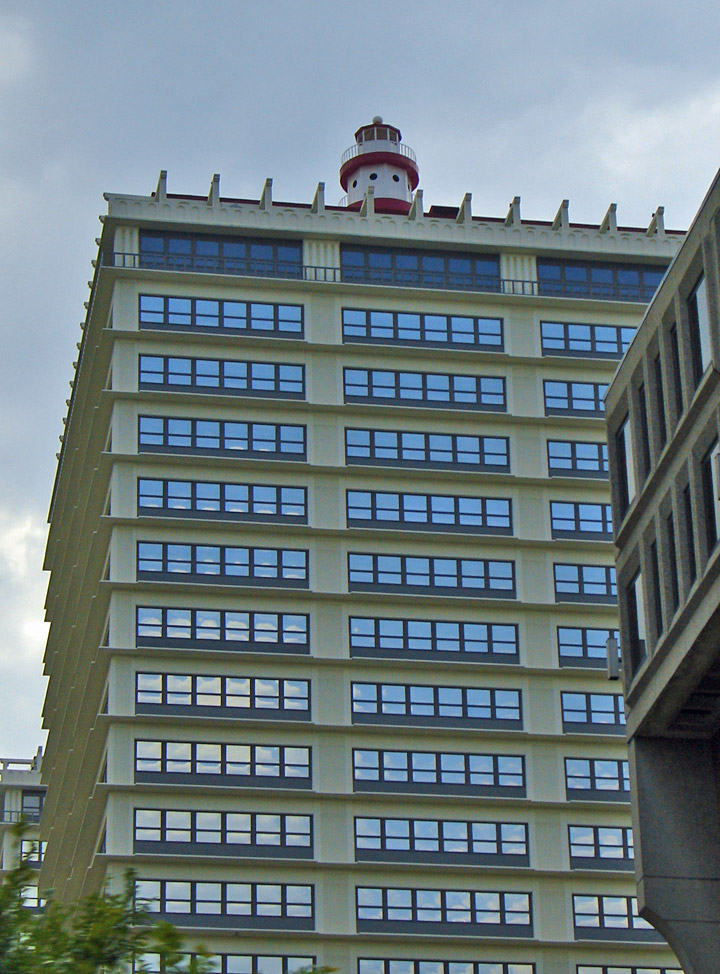
lighthouse type structure on top of a building near the Galt House Hotel
Near the city are the Louisville Zoo; the grave of President Zachary Taylor; Locust Grove, a Georgian-style mansion that was the residence of George Rogers Clark, founder of the original settlement; Farmington, a graceful Federal-style home built in 1810; and Fort Knox, a military installation housing the nation's gold reserve. Institutions of higher education in Louisville include the University of Louisville (1798), Spalding University (1814), Louisville Presbyterian Theological Seminary (1853), Southern Baptist Theological Seminary (1858), Bellarmine College (1950), and several junior colleges.
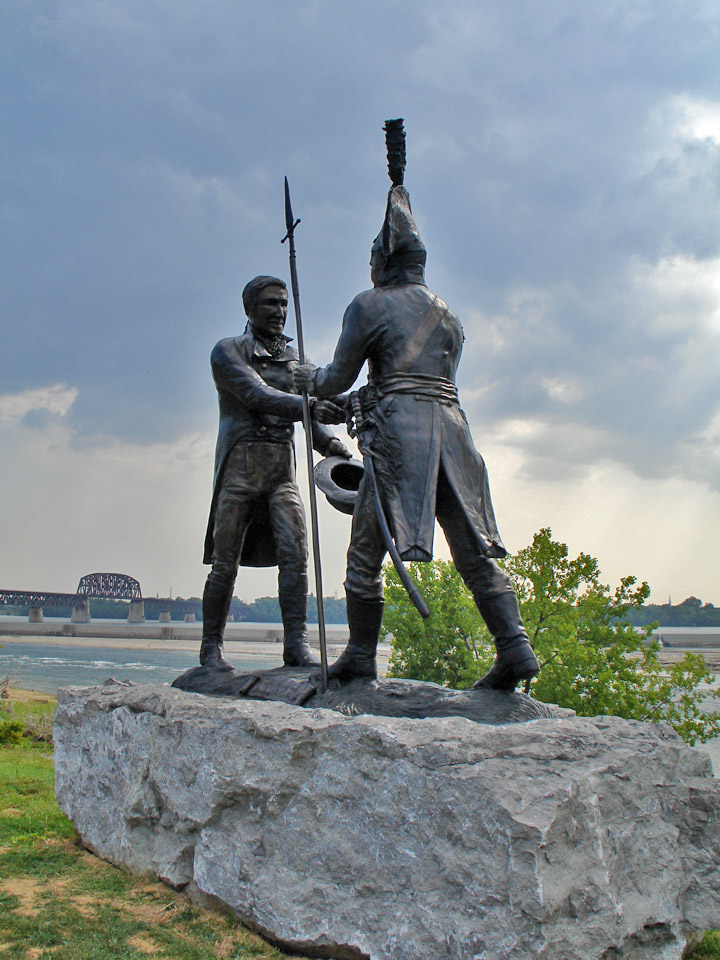
Lewis and Clark
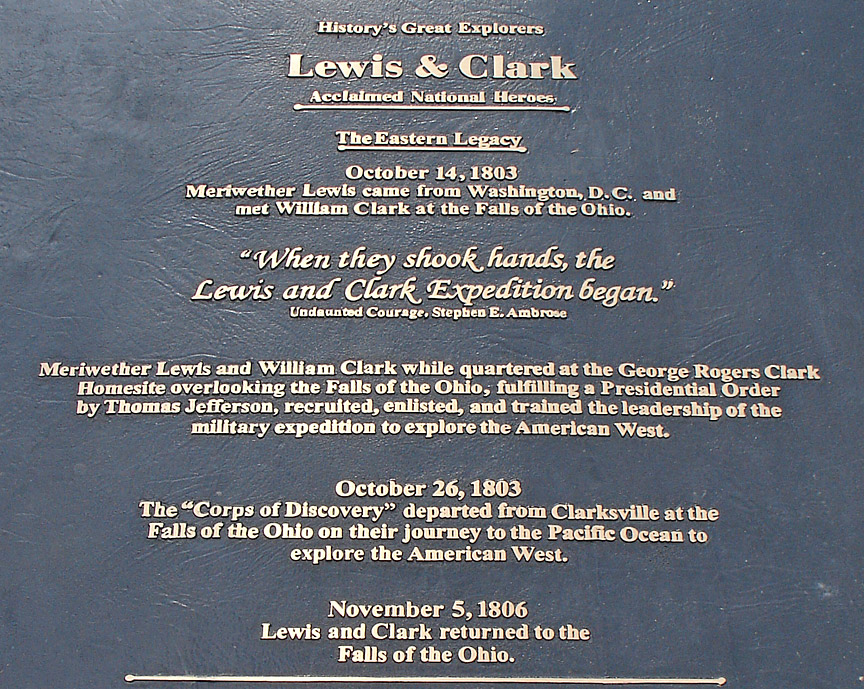
Situated in an area once inhabited by the Shawnee people, the community was
founded in 1778 by George Rogers Clark and is one of the oldest settlements west
of the Appalachian Mountains. Originally located on Corn Island in the Ohio
River, the settlement was moved to its present site in 1779. It was named in
1780 for Louis XVI of France in gratitude for French assistance during the
American Revolution (1775-1783). In 1828 it incorporated as a city.
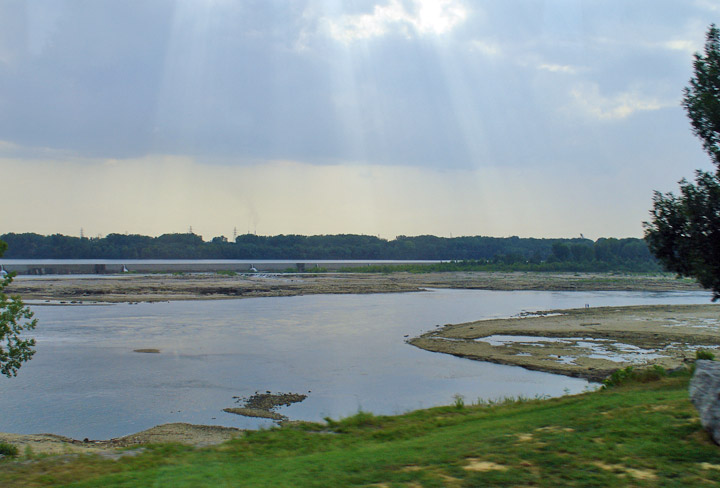
rapids in the Ohio river
(old fossil beds are exposed)
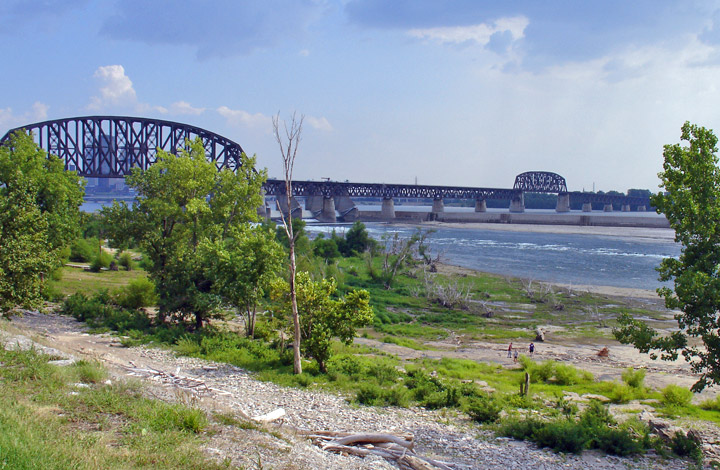
the buffer dam to allow navigation on the Ohio river
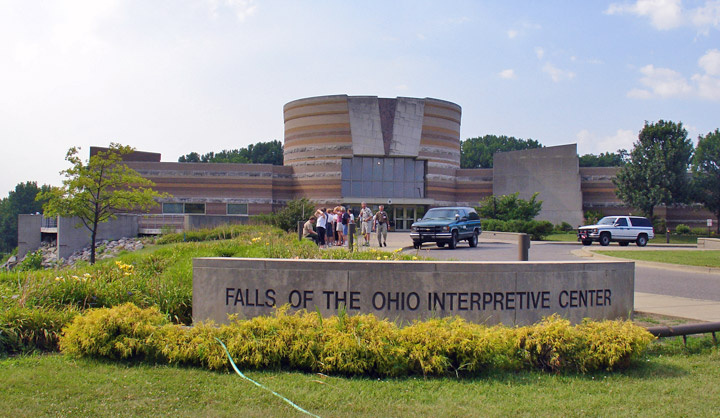
Falls of the Ohio Interpretive Center
In the 19th century Louisville was a leading commercial center for the developing South and Midwest, prospering first as a transshipment point around the Falls of the Ohio, and later as a river port after a canal was constructed around the falls in 1830. The city became a rail center in the 1850s, and served as a Union stronghold during the American Civil War (1861-1865). Louisville was badly damaged by tornadoes in 1890 and 1974, and by a flood of the Ohio River in 1937. Its industrial base was broadened and many new buildings were constructed in the 1960s and 1970s. Louisville's population declined considerably in the 1970s and 1980s, due to industry moving outside the city. The recession in the 1980s caused the loss of manufacturing jobs, but the population of its metropolitan area increased.
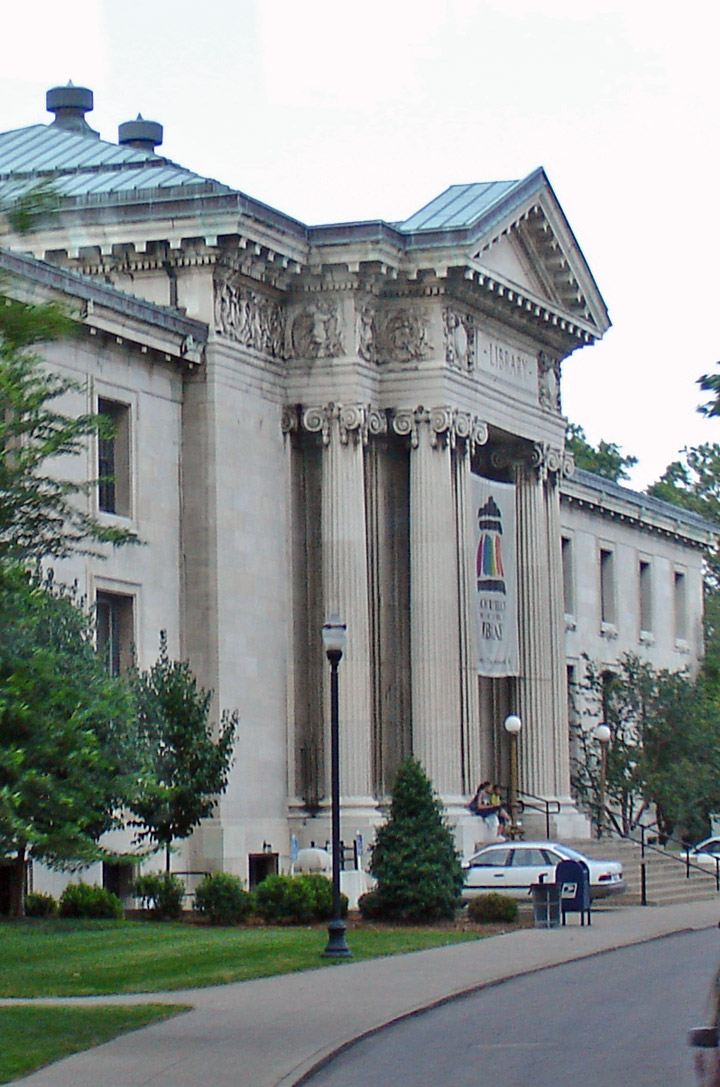
library
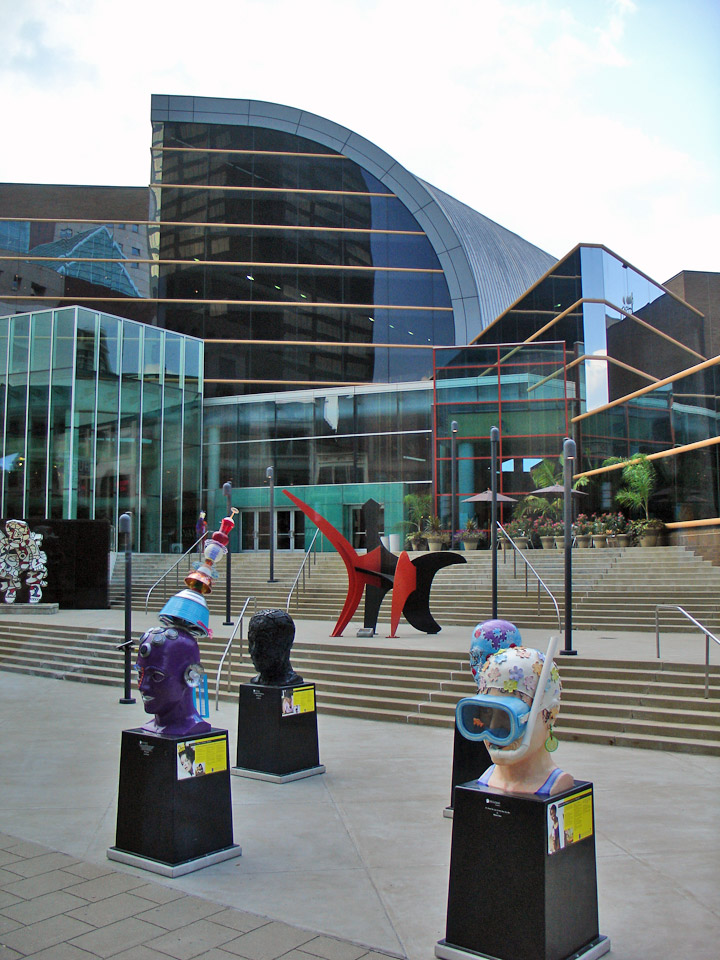
concert hall
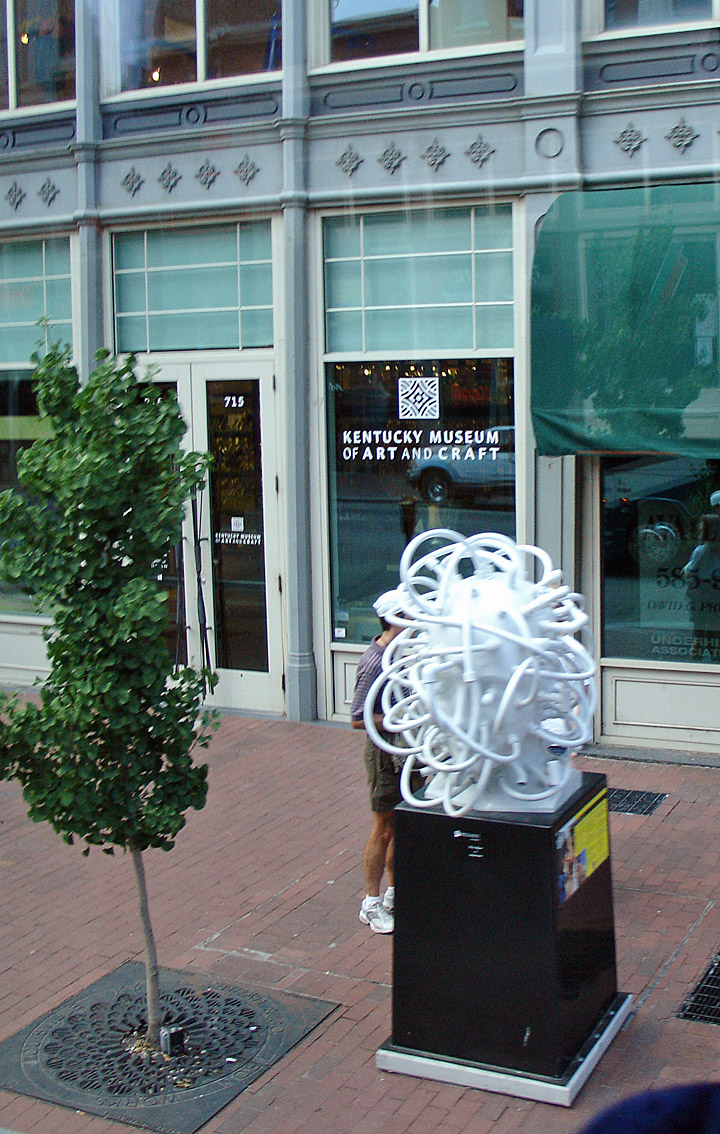
art gallery
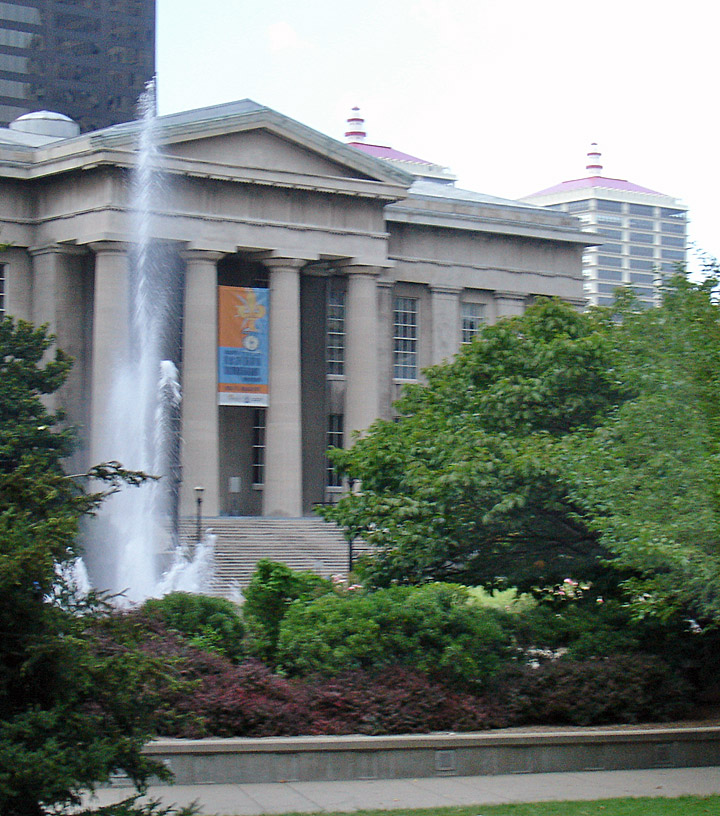
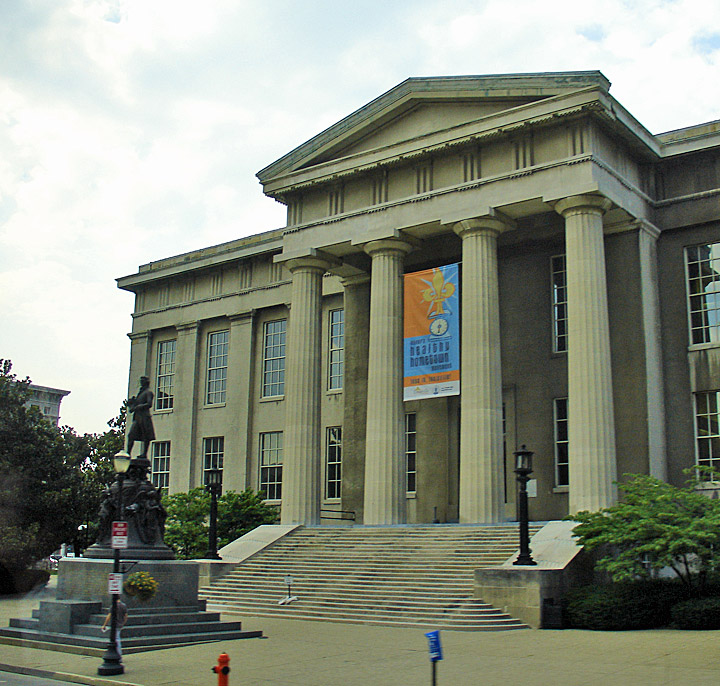
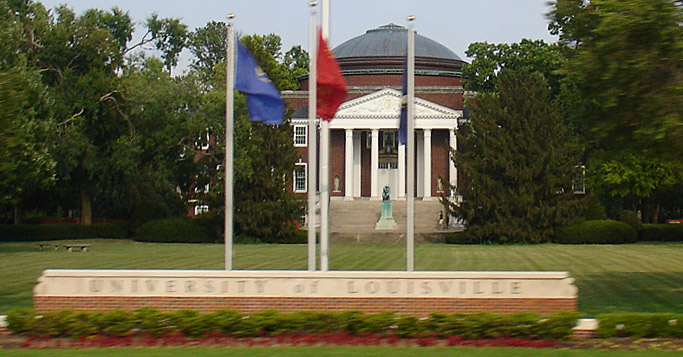
University of Louisville
Louisville covers a land area of 160.6 sq km (62.0 sq mi), with a mean elevation
of 137 m (449 ft). According to the 1990 census, whites are 69.2 percent of the
population, blacks 29.7 percent, Asians and Pacific Islanders 0.7 percent, and
Native Americans 0.2 percent. The remainder are of mixed heritage or did not
report ethnicity. Hispanics, who may be of any race, are 0.6 percent of the
people. Population 298,451 (1980); 269,063 (1990); 255,045 (1998 estimate).
Text from Microsoft® Encarta®

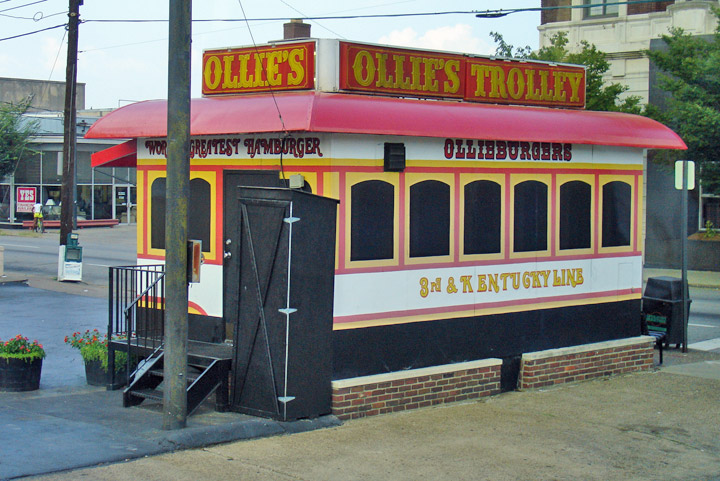
Ollie's Trolley
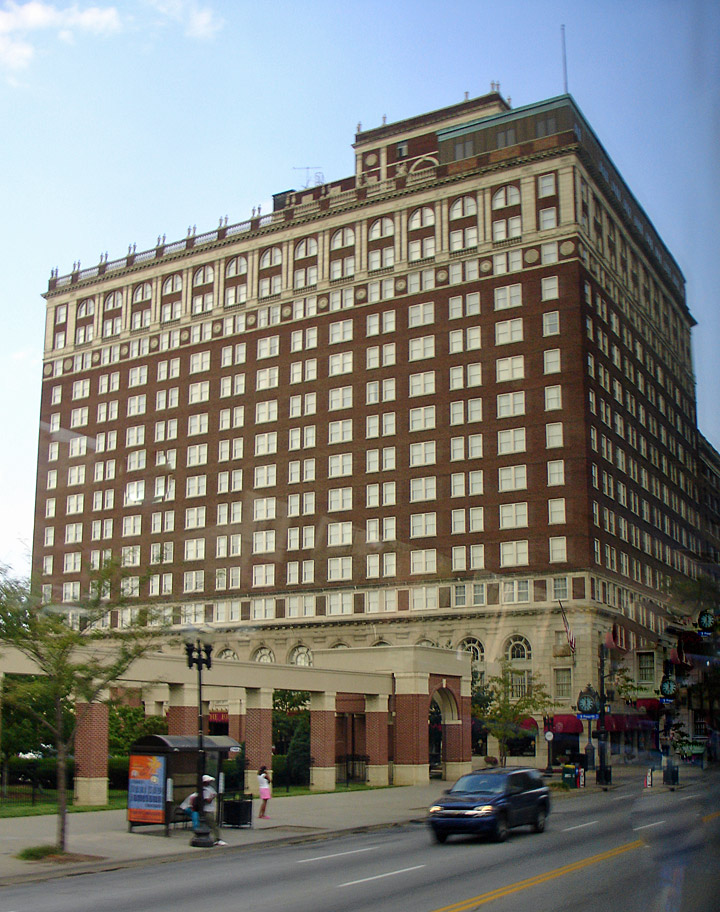
Brown Hotel
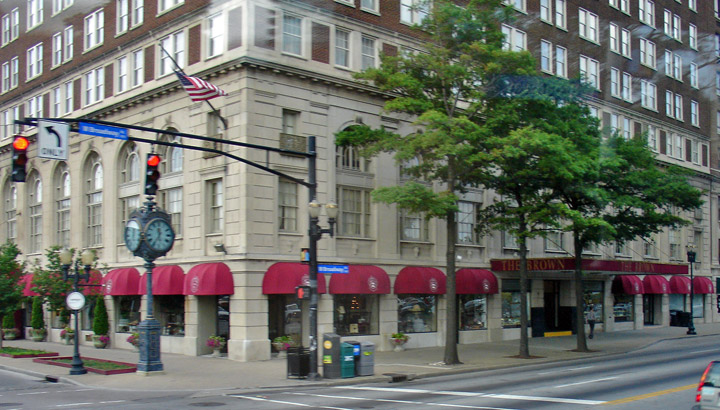
the prestige hotel at Derby time